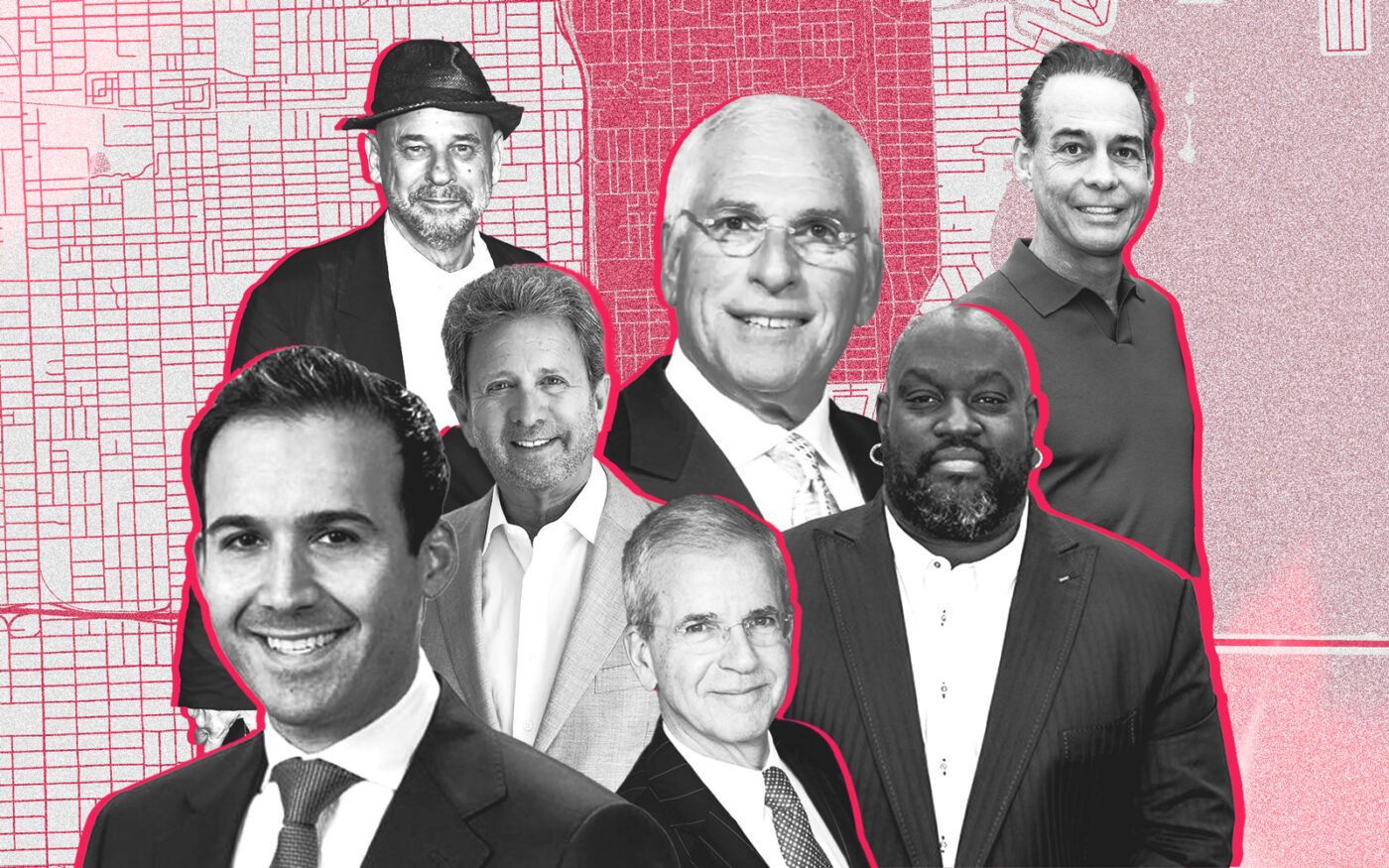CLIENT NEWS: These projects will bring more density to Miami’s Little Haiti and Little River
July 10, 2025Miami’s Little Haiti and Little River are where generations of working class immigrants, predominantly from Haiti, have planted roots and seasoned the area with Caribbean flavor.
A stretch on Northeast Second Avenue between 54th Street and 71st Street is like driving through Port-au-Prince. Storefronts offering everyday services from haircuts to income tax return preparation feature prominent signage in Creole. And most residents have found a reprieve from Miami’s increasing housing costs inside aging single-family homes, duplexes and low-rise apartment buildings.
But over the next decade, a wave of ambitiously large mixed-use developments will dramatically alter Little Haiti and adjacent Little River, introducing dozens of new mid-rise and high-rise buildings that will add more than 10,000 apartments and more than 1 million square feet of commercial space. Two of the projects, Magic City Innovation District and Sabal Palm Village at Flagler Trail, faced vehement opposition from activists and residents who warned Little Haiti and Little River will become the next Miami neighborhoods wiped out by gentrification.
Developers counter that they are going to significantly augment the stockpile of affordable and workforce housing units in Little Haiti and Little River.
Here, The Real Deal has compiled the projects on tap for both neighborhoods, and an estimate of when construction will begin:
Michael Swerdlow’s $3B Little River District
In April, the Miami-Dade County Commission set in motion Coconut Grove-based developer Michael Swerdlow’s plan to transform a nearly mile-long stretch straddling Little River and Little Haiti between 7101 Northeast Miami Court and 520 Northwest 75th Street. Swerdlow and his partner, Alben Duffie, want to build a $3 billion project primarily consisting of apartment towers with roughly 5,700 mixed-income units. The development would span 64 acres, consisting of county-owned land and properties privately owned by AJ Capital Partners. Swerdlow has a 99-year lease with the county.
In addition to providing 314 units to residents from four public housing projects that will be displaced, Swerdlow is setting aside nearly 3,700 units for households earning between 60 percent and 120 percent of the area median income, which is $86,800 for a one-person household in Miami-Dade. Swerdlow is also planning a Home Depot, a BJ’s Wholesale Club and a supermarket as anchor tenants. The developer also agreed to build a new Tri-Rail commuter train station.
The developer secured authorization from the U.S. Department of Housing and Urban Development for the project’s first phase, which entails the construction of two new apartment buildings with 600 units, more than half set aside for existing tenants of four public housing projects that will be demolished, Michael Liu, Swerdlow Group’s chief strategy officer, told TRD. Swerdlow is required to build the new buildings prior to tearing down the public housing projects so that existing residents can immediately move into their units.
“[HUD] signed off on what is formally called a commitment to enter into a housing assistance payment contract for both buildings,” Liu said. “So those were two very significant steps…in less than 45 days.”
Construction of the commercial components, including the big box stores, would take place after SG Holdings completes the first phase, Liu explained.
Swerdlow Group Vice President Nicholas Swerdlow said SG Holdings expects to obtain building permits and break ground on the first two apartment buildings next year. The developer is in final negotiations with Home Depot and a grocery chain that he can’t disclose, and plans to sell a sub-ground lease to BJ’s, Swerdlow added.
Construction of the Tri-Rail Station and commercial portions would likely begin in 2028, Swerdlow said. “The project has five phases,” he said. “And it will be totally completed in eight to 10 years.”
In the coming weeks, Swerdlow Group will be securing a pre-development loan, and the developer has financing lined up for the first phase, Swerdlow said.
Justin Podolsky’s Sabal Palm Village
Most developers who score approval with Miami’s project review boards waste no time getting their proposals past the next and final hurdle of city commission approval.
This hasn’t been Justin Podolsky’s play for his Sabal Palm Village at Flagler Trail mixed-use redevelopment.
After his proposed 5.9 million-square-foot project finally made it through the Miami Planning, Zoning and Appeals Board, where it stalled for three years, the development has been pending in front of commissioners since 2021. It’s popped up on agendas at least 11 times and it’s been deferred as many times, without discussion among commissioners or insight on the delays, TRD’s analysis of city records showed.
Bruce Teitelbaum, who identified himself as Podolsky’s business associate, has said it’s not abnormal for projects to pause in the approval process.
“There’s nothing unusual,” he told TRD last month.
The latest project version is for 15 buildings, ranging from five to 20 stories, with 2,929 residential units; 400 hotel keys; 168,000 square feet of offices; 296,300 square feet of commercial space; 43,800 square feet for a vocational school; 4,782 parking spaces; 195,300 square feet of civic space and 249,000 square feet of open space. The project would replace the 512-unit Design Place apartment complex on a 22.5-acre site on the southwest corner of Northeast 54th Street and the FEC Railway.
Podolsky, through his SPV Realty affiliate, originally proposed the project in 2016. It then stalled in front of the Miami planning board from 2018 to 2021 largely due to board members echoing Little Haiti residents’ concerns over gentrification.
Sabal Palm Village’s proposed amount of affordable housing was hotly debated between board members and the developer’s representatives during board meetings. Discussions still were ongoing between the developer and community stakeholders when the project landed on the commission’s agenda.
If and when Podolsky decides to pursue the project, Sabal Palm Village would play a major role in Little Haiti’s redevelopment into a mecca of residential towers and new retail and dining.




















































